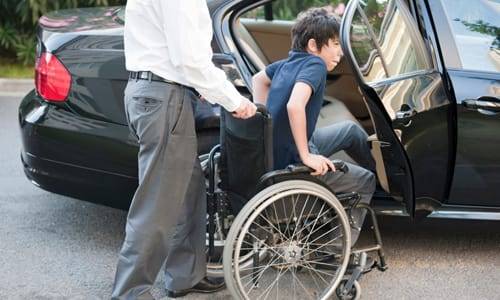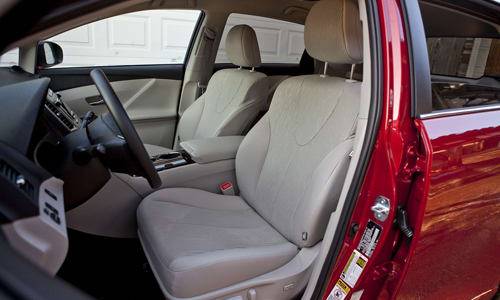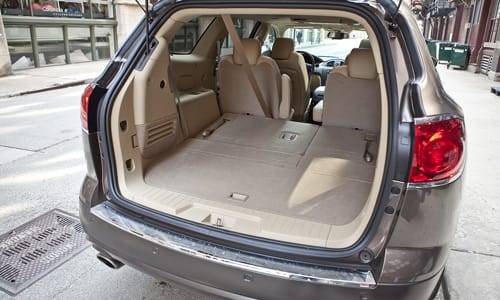Handy Features Can Aid Limited-Mobility Passengers


Medical conditions can affect mobility, and there are a few important features to keep in mind when searching for a vehicle to use when transporting friends or family to the doctor or other appointments.

Many crossover SUVs and minivans seem to fall right in the middle. According to Raj Metha, Buick Enclave engineer, there is a seat height “sweet spot” for those with limited mobility or a disability. It’s measured from the ground to the hip point, and is typically between 27.5 and 30 inches. The Buick Enclave’s seats fit perfectly in this zone, measuring around 30 inches from the ground to the top of the bottom cushion.
Width from Seat to Frame: A vehicle with wider seats (pushed out closer to the vehicle’s frame) requires less of a stretch to reach the seat with a comfortable and natural sitting motion.
Door Opening: Once comfortably seated, your passenger will have to swing his or her legs into the vehicle, hopefully without his or her knees banging the doorjamb. A vehicle with a wide door opening, like the Toyota Venza minivan, with its 40 ¾-inch-wide front door opening, requires less knee bend to get the legs in. A power-sliding seat is also helpful to quickly create extra legroom.

Grab Handles: Large, stable and easy-to-grab handles are a huge help in allowing your passenger to get in and out of the car as independently as possible.
Cargo Space: Many people with limited mobility are wheelchair users or use walkers. You — the kind soul who has volunteered to drive them — will have to heft those devices in and out of your car, so you need a cargo space large enough to hold them. Wheelchairs are often quite heavy, so a crossover SUV or minivan’s low and flat load floor makes this process easier.

To help determine which features will best accommodate your family member’s specific requirements, talk to his or her doctor or physical therapist. The medical professionals may also be able to help you obtain a handicapped or disability tag to make getting in and out of the appointments just a little less painful.
If you have personal experience transporting someone with reduced mobility or requires the use of a wheelchair, share your tips and advice in the comments section below to help others in your shoes — or tires.
Related
More Family News on Cars.com
More Advice Stories on Cars.com
More Automotive News on Cars.com

Former Senior Family Editor Kristin Varela blends work and family life by driving her three tween-teen girls every which way in test cars.
Featured stories




